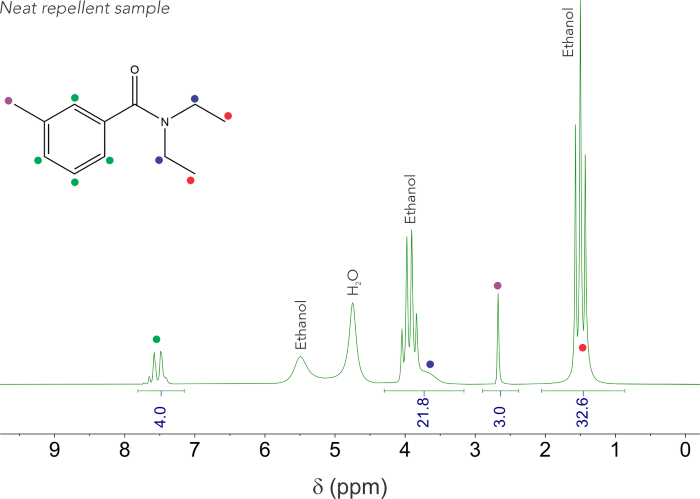While mosquitos are typically active all year round in tropical regions, in other areas, their peak season usually takes place during the summer months. The warmer temperatures accelerate their life cycle, expediting processes such as egg hatching, larval development, and pupation. This results in a sudden explosion of a large population of adult mosquitos. Like the majority of insects, mosquitos are ectothermic, which means that the surrounding environment is what regulates their body temperature. Consequently, the warm temperatures boost their metabolism, increasing their activity and mobility.
Only female mosquitos bite, as they depend on the proteins found in humans and other animal blood to develop and nourish their eggs. They can extract blood using specialized mouthparts called proboscis which can pierce the host’s skin. Conversely, male mosquitos feed on plant nectar and other sugary substances to get the energy they need. While males lack a strong proboscis to pierce skin, they do have bushy antennae which allows them to detect the pheromones released by female mosquitos.
Beyond the peculiarities and interesting details about mosquitoes, it is important to protect against insects that bite due to the potential for itchiness, irritation, and disease transmission, including malaria, dengue fever, Zika virus, or West Nile virus. To tackle this, several companies have developed commonly used personal insect repellents.
The Environmental Protection Agency (EPA) requires that all skin-applied repellents are registered before they can be sold to the public, ensuring the efficacy and safety of active ingredients in repellents to prevent insect bites.
The California Department of Public Health mandates that EPA-registered repellents containing DEET (N,N-diethyl-m-toluamide), Picaridin, IR3535, Oil of lemon eucalyptus (OLE) or Para-menthane-diol are considered safe for use.1
As shown in Figure 1, a commercially available repellent was explored via proton nuclear magnetic resonance/hydrogen-1 NMR (1H NMR). The 1H NMR spectrum demonstrates that this repellent's formulation mostly consists of ethanol, water, and DEET.

Figure 1. 1H NMR spectrum acquired at 100 MHz of a neat sample of repellent. The DEET molecule is displayed, and its protons are assigned in the spectrum. Image Credit: Nanalysis Corp.
NMR is an effective technique for structure elucidation. However, its capabilities go way beyond that; NMR can be employed to establish the relative quantity of compounds in a mixture or their absolute quantity by using an internal calibrant. Within a few minutes, the unknown repellent sample was analyzed, and NMR was able to determine its main components.
References and Further Reading
- https://www.cdph.ca.gov/Programs/CID/DCDC/Pages/EPA-Registered-Repellent-Ingredients.aspx, accessed on July 18th, 2023.

This information has been sourced, reviewed and adapted from materials provided by Nanalysis Corp.
For more information on this source, please visit Nanalysis Corp.